Which Foods Are Best To Help You Detox?

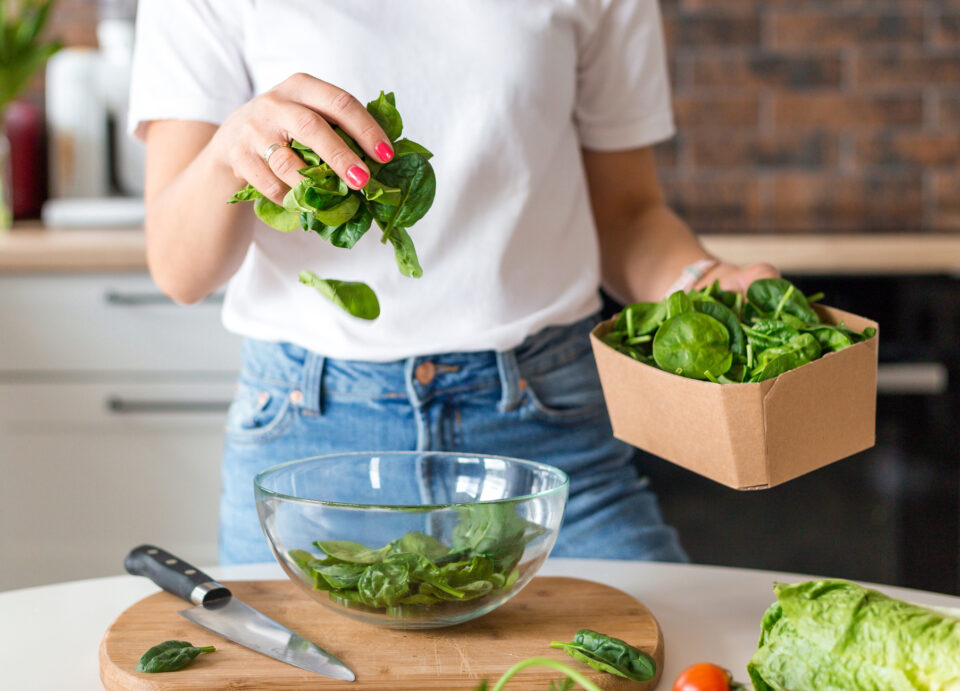
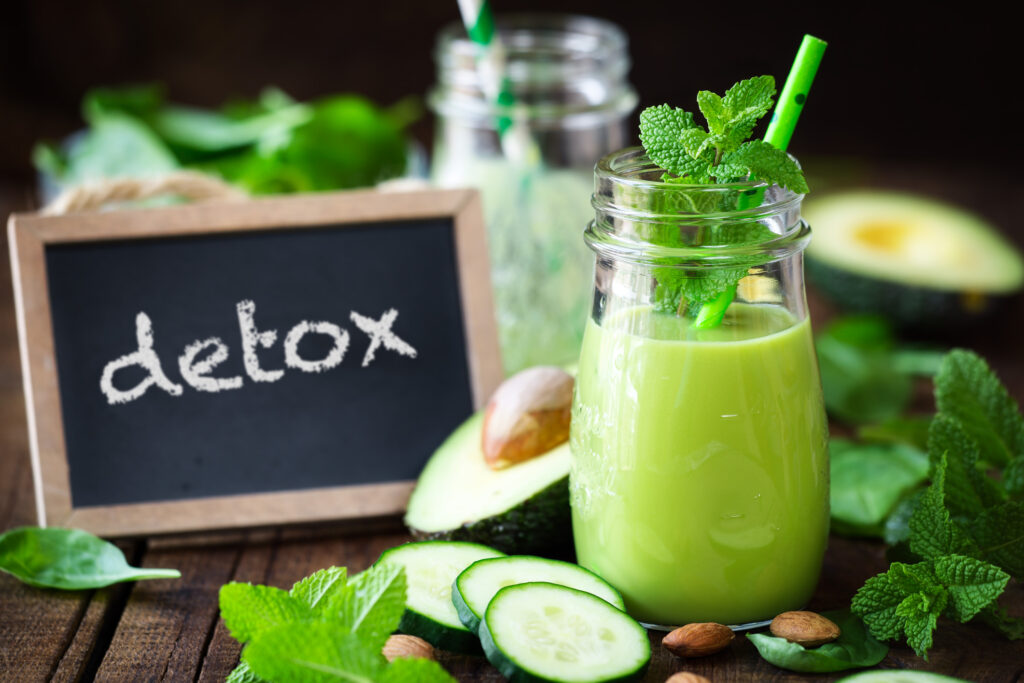
![]() (Are there foods that can help you detox? Yes! Detoxing naturally is the focus for the fourth part in our series on the nine benefits at the core of FoodTrients® and all of our recipes. What you eat matters when it comes to keeping your liver healthy. Each month we’ll explore one of these incredible anti-aging benefits and show you how they help fight the diseases of aging.)
(Are there foods that can help you detox? Yes! Detoxing naturally is the focus for the fourth part in our series on the nine benefits at the core of FoodTrients® and all of our recipes. What you eat matters when it comes to keeping your liver healthy. Each month we’ll explore one of these incredible anti-aging benefits and show you how they help fight the diseases of aging.)
Are you interested in removing toxins from your body? Do you need to follow a diet or take supplements to do it? If you’ve been wondering about doing a cleanse or detox, this post is for you because we’ll be highlighting the exact foods that you need to support your body’s natural detoxification systems.
Detoxification is the processing and removal of compounds in the body that cause damage to tissues. We often associate detoxing with expensive specialty products, vitamins/minerals, herbal extracts/teas, or other ‘diets’. These detox plans are often restrictive and unsustainable for the purpose of a “quick fix” cleanse of your body. The truth is: in order to truly detox, you need a variety of vitamins and minerals to support powerful systems already in place. Humans have the necessary systems in place for optimal function and survival. Research has shown that there are certain vitamins, minerals, and other bioactive substances found in food that can support detox — naturally.
Let’s dive further into the natural detoxification systems in the body and discuss which Foodtrients® are essential in the process.
The Liver
The liver functions as one of the body’s main detoxification organs. By increasing your intake of foods rich with certain nutrients that promote liver function and detox pathways, you can support this vital organ and promote its best performance in detoxifying your body. In order to eliminate toxins quickly, some fat-soluble toxins must be modified to be water-soluble so that they can be excreted in our waste removal systems that utilize water like the kidneys. The liver performs detoxification in two phases to achieve this.
In phase 1, specific enzymes function to create a reactive site on toxic compounds which allows phase 2 to begin, and other enzymes bind a water-soluble group to this reactive site. This makes the toxin water-soluble, allowing it to be removed from the body via our natural waste systems. Hydration is critical in phase 2, as more available water increases the rate at which we can remove water-soluble waste products. During both of these phases, free radicals (compounds that can create damage) are created as a natural by-product of modifying compounds, so antioxidant nutrients play an important role in neutralizing the free radicals and preventing oxidative damage to tissues.
The best way to optimize the function of your natural detoxification system is to supply it with the nutrients necessary to fuel the process.
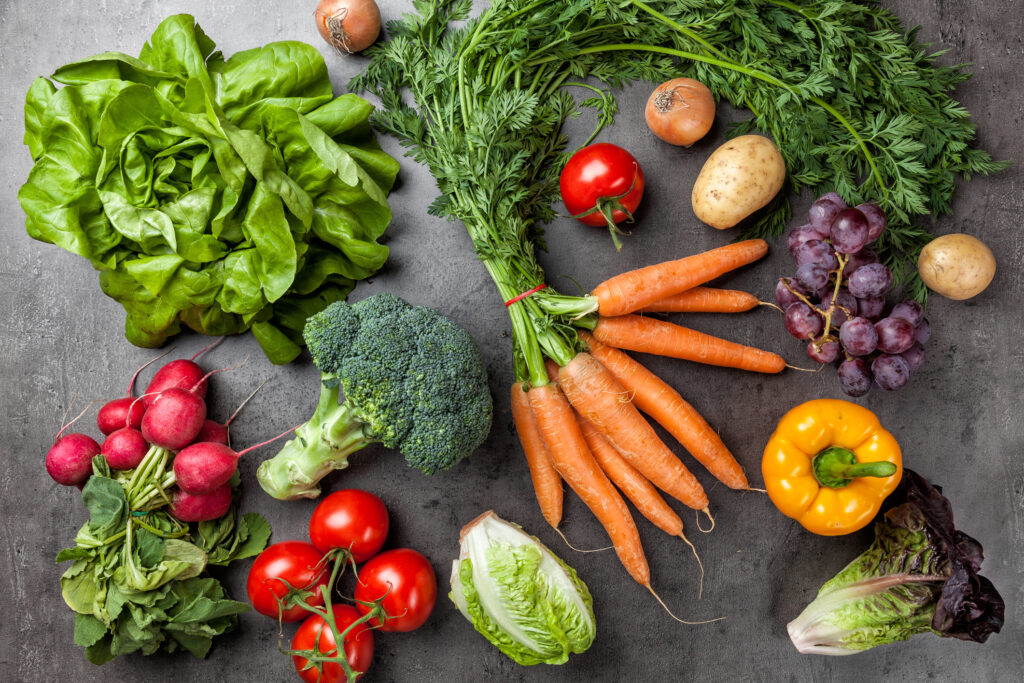 Foods rich in nutrients for Phase 1:
Foods rich in nutrients for Phase 1:
Allium Vegetables
Examples: garlic, onions, shallots
Nutrients: flavonoids, sulfur
Cruciferous Vegetables
Examples: broccoli, Brussel sprouts, kale, mustard greens
Nutrients: riboflavin, indoles, magnesium, niacin, vitamin C
Nuts and Seeds
Examples: almonds, peanuts
Nutrients: B2, pantothenic acid (B5), essential amino acids, flavonoids, folate, magnesium, niacin, selenium
Red/orange/yellow Produce
Examples: bell peppers, berries, carrots, citrus, tomatoes
Nutrients: magnesium, vitamins A, C, E
Seafood
Examples: crab, clams, halibut, salmon, shrimp
Nutrients: riboflavin, B12, folate, niacin, omega fats, selenium
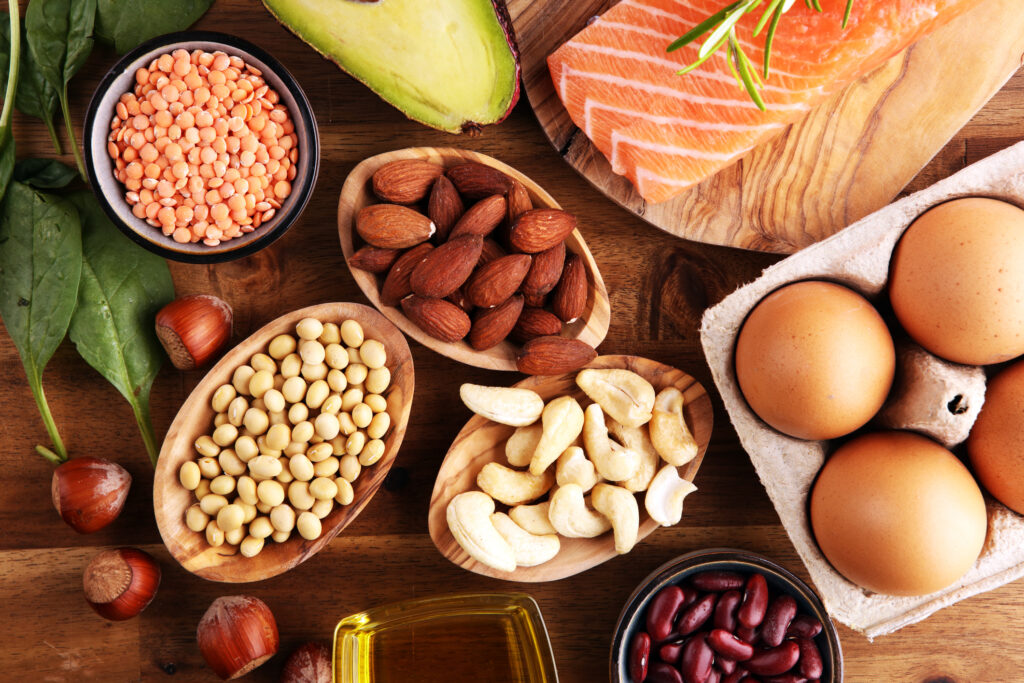 Foods rich in nutrients for Phase 2:
Foods rich in nutrients for Phase 2:
Beans and Legumes
Examples: baked beans, cashews, lentils, soybeans
Nutrients: essential amino acids, folate, flavonoids, magnesium, niacin, selenium
Dairy
Examples: cheeses, low-fat milk, yogurt,
Nutrients: riboflavin, pantothenic acid (B5), B6, B12, essential amino acids, magnesium, selenium
Dark Leafy Greens
Examples: arugula, bok choy, cilantro, spinach
Nutrients: flavonoids, sulfur, vitamins C, K
Eggs
Nutrients: riboflavin, pantothenic acid (B5), B12, essential amino acids
Mushrooms
Examples: maitake, oyster, portabellas, shiitake
Nutrients: riboflavin, pantothenic acid (B5), essential amino acids, niacin, selenium
Seafood
Examples: cod, salmon, tilapia
Nutrients: B6, B12, essential amino acids, folate, omega fats, selenium
Whole Grains
Examples: brown rice, fortified grains/cereals, oats, wheat
Nutrients: pantothenic acid (B5), essential amino acids, folate, magnesium
In combination with eating a variety of the foods listed above, maintaining good hydration and fiber intake are great ways to help your body remove the toxins after they have been processed in the liver. Proper hydration supports your kidneys to remove waste, and together with increased dietary fiber intake helps maintain regular waste removal via the digestive tract (bile/stool). By consuming these foods, you can supply your liver with the necessary building blocks to function at its best, successfully and quickly processing toxic compounds in your body into waste for removal by other organs.
 Anti-Inflammatory
Anti-Inflammatory
Anti-Inflammatory Foods: the Top 10
 Antioxidants
Antioxidants
Antioxidants Help Slow Down Premature Aging
 Beauty
Beauty
Beauty Is So Much More Than Skin Deep
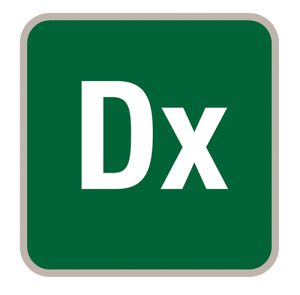 Detox
Detox
Which Foods Are Best To Help You Detox?
 Disease Prevention
Disease Prevention
Meet the Best Foods for Disease Prevention
 Gut health
Gut health
Good Gut Health Helps Prevent Diseases – FoodTrients
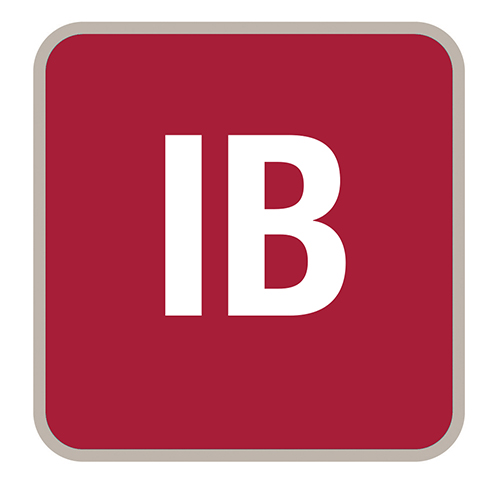 Immunity Booster
Immunity Booster
How To Support Your Immune System Naturally
![]()
Strength
Strength-Building Food Is Key to Aging Well
 Mind
Mind
How To Feed Your Brain and Keep Sharp
- Hodges RE, Minich DM. Modulation of Metabolic Detoxification Pathways Using Foods and Food-Derived Components: A Scientific Review with Clinical Application. J Nutr Metab. 2015;2015:760689.
- Sunde RA. Selenium. In: Ross AC, Caballero B, Cousins RJ, Tucker KL, Ziegler TR, eds. Modern Nutrition in Health and Disease. 11th ed. Philadelphia, PA: Lippincott Williams & Wilkins; 2012:225-37
- Xu L, Lu Y, Wang N, Feng Y. The Role and Mechanisms of Selenium Supplementation on Fatty Liver-Associated Disorder. Antioxidants (Basel). 2022 May 8;11(5):922.